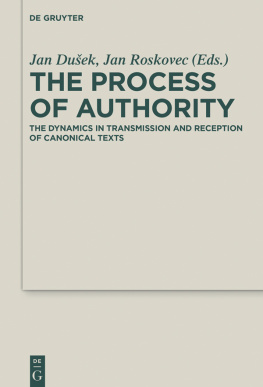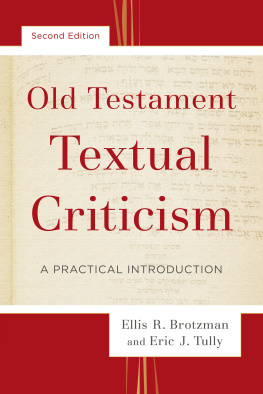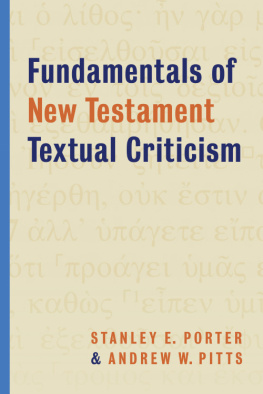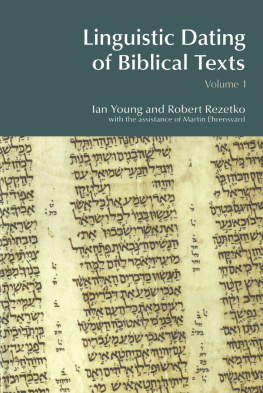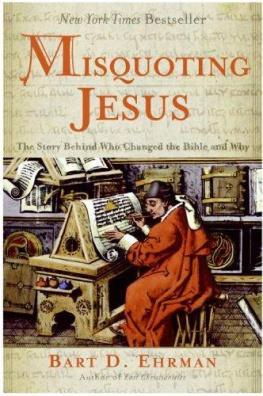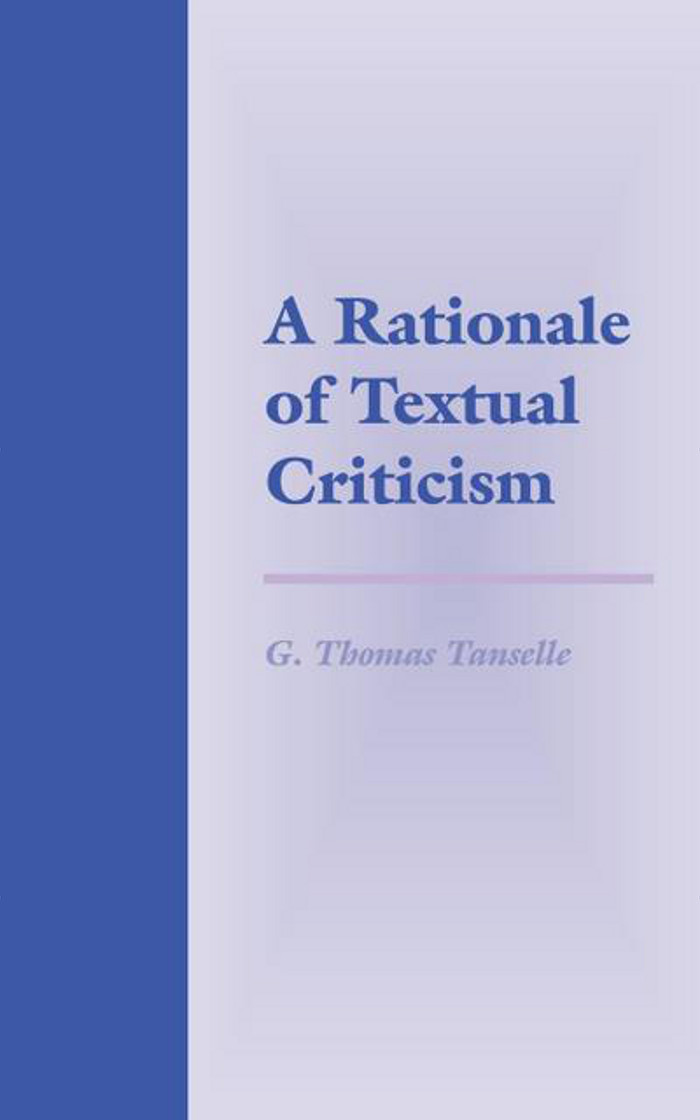A Rationale of Textual Criticism
A Publication of the A. S. W. Rosenbach Fellowship in Bibliography
A Rationale of Textual Criticism
G. Thomas Tanselle

Copyright 1989 by the University of Pennsylvania Press
First paperback printing 1992
All rights reserved
Printed in the United States of America
Library of Congress Cataloging-in-Publication Data
Tanselle, G. Thomas (George Thomas), 1934A rationale of textual criticism.
A publication of the A.S.W. Rosenbach fellowship in bibliographyHalf title.
Slightly rev. lectures delivered on Apr. 21, 23 and 28, 1987 as the Rosenbach lectures at the University of Pennsylvania.
Includes index.
1. Criticism, Textual. I. Title.
PN81.T318 1989 | 801'.959 | 88-27990 |
ISBN 0-8122-8173-X (cloth)
ISBN 0-8122-1409-9 (pbk)
10 9 8 7 6 5 4 3 2
For
JERRY AND SALLY
CONTENTS
Preface
The three lectures printed here have been revised only slightly from the form in which they were delivered, on April 21, 23, and 28, 1987, as the Rosenbach Lectures at the University of Pennsylvania. My aim in these lectures is to present a rationale of textual criticism and scholarly editing, focusing first on the aesthetics that underlies textual study and then exploring in turn, in the other two lectures, the implications of that aesthetics for the treatment of documentary texts and for the production of critically reconstructed texts. Most of the points I raise have been touched on repeatedly during the two and a half millennia of recorded textual scholarship in the West: the issues have not changed, though the approaches to them have fluctuated. But I shall not here attempt a historical account or engage in debate with particular scholars, for the questions to be discussed are ones that must logically be faced, regardless of which writers have previously taken sides on them. Those questions, after all, are not simply the concern of specialists; they are of fundamental importance to all who read books, or attend lectures and plays, or listen to music and folk tales, or watch dances and films, or use printed and written matter in their daily lives.
ONE
The Nature of Texts
When Keats, reflecting on the Grecian urn, wrote that it could express / A flowery tale more sweetly than our rhyme, he was provoking us to consider the difference between pictorial art and works made of words. By calling the urn a historian, he made clear that he was concerned with it as a link to the past, not simply as an object appearing before his eyes in the present. The urn had been preserved through silence and slow timeand, he said, it could thus express the flowery tale more sweetly, more satisfyingly to the imagination. In so connecting the urns survival through time with its power of expression, is he only telling us that his rhyme is less good a historian because it provides a derived account and is not the primary evidence? Or is there also the implication that even a poem contemporaneous with the urn would be less satisfactory than the urn because the medium of poetry necessitates a different kind of passage through time? Keats does not comment on the inevitable deterioration of the urn, emphasizing instead its enduring presence, and rightly so: if the urn becomes discolored or chipped, we still have what is left of it directly in front of us. But do we ever know where a poem is? Can the artifacts that constitute our evidence for the existence of a poem provide usas the urn doeswith a means for ordering the randomness of life?
Although the legend depicted on the urn is leaffringd, it is not a part of nature, however naturally it may have grown out of the anguish of its creator and however readily it may reflect what we believe to be the environment that nurtured it. The serenity of the immobile urn belies the teeming energy from which it emerged; in spite of the turbulence depicted on its surface, it appears tranquil in its provision of a framework for the arrangement of emotions. All breathing human passion far above, Keats says, for the urn has presented us with an enchanted space, where boughs cannot shed their leaves and actions are frozen outside of time. This silent form is a friend to man, allowing onefrom the contemplative distance of artto find patterns, and thus truth and beauty, in what had seemed the chaos of life. Poems, too, like all works of art, can serve this function. But where do we find them? Do we find poems in artifacts? Is a poem what appears in an authors final manuscript, or in a first printed edition, or in a revised second edition? Or are these artifacts records of human striving, never quite giving us the works that transcend the daily efforts of survival? Is Keats suggesting that the urn is to be favored because its palpable stasis elevates it over works that cannot be directly apprehended? Is he then claiming that the urn is well-wrought for reasons different from those adduced by later critics who find that poems can be verbal icons? But do not manuscripts and printed books possess the same passivity as other inanimate objects, and may not their textshowever unfinished or incorrect their producers might consider themoffer the same satisfying remoteness that works of visual art do? If so, what is the relation between the reading of the various documentary texts of a poem and the experiencing of the work, or are they all separate works? Such questions, like the cold pastoral of the urn itself, tease us out of thought, for they reflect the insoluble enigmas of aesthetics. And they raise issues that textual critics must not fail to confront.
Literature poses particularly perplexing aesthetic questions, for the corporeal reality of literary works has been, and remains, a matter of dispute. If we are not concerned with literature as an inheritance from the past, however, many of these questions are of little significance (and, as the formalists of the twentieth century have shown, it is not absolutely necessary for us to be so concernedexcept to the extent that we must know a language, and perhaps the history of its words, to read literary works). If, for example, we think not of works (a term that implies previously created entities) but only of sequences of words that have come our way, links in the endless chain of language, the question of authenticity is meaningless (a point I shall return to later). But for anyone approaching a verbal statement (in the way Keats approached the urn) as a communication from the past, its location in space and time is the most basic of considerations: one must be able to distinguish the work itself from attempts to reproduce it. A work, at each point in its life, is an ineluctable entity, which one can admire or deplore but cannot alter without becoming a collaborator with its creator (or creators); a reproduction is an approximation, forever open to question and always tempting one to remedial action. Equating a reproduction with the work it aims to copy is incoherent, for an interest in works is a historical interest, and copies are the products of later historical moments. A reproduction may of course be regarded as a work in its own right, but the historical focus has then shifted. Artifacts can be viewed both as works in themselves and as evidence for reconstructing other works, but this dual possibility in no way lessens the conceptual gap between the two historical approaches to artifacts.


